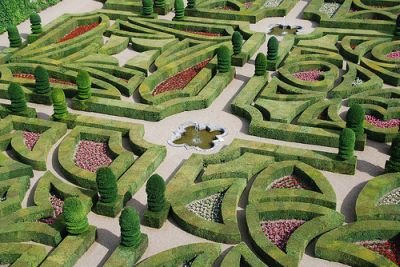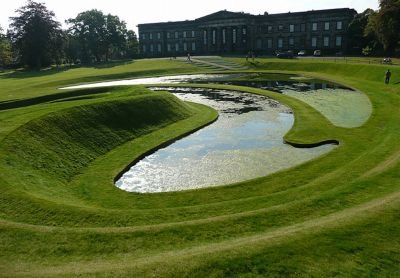It is difficult to imagine another element so central and so vital both to basic life and to a diverse range of aesthetic and recreational pleasure. The use of water in the built environment is thousands of years old and is interwoven throughout its long history with symbolism and religious rites as well as with sensual delight. Aqua landscapes or Water Gardens, as they are known, have been prominent in English Imperial Gardens, French Baroque Gardens, Chinese Classical Gardens as well as the Moorish Royal Gardens.

Water Gardens typically include the integration of artificial ponds, streams, waterfalls, statues, rocks, aquatic plants, fishes, watercourses and fountains with the natural surroundings and environment in order to create a pleasing atmosphere.


